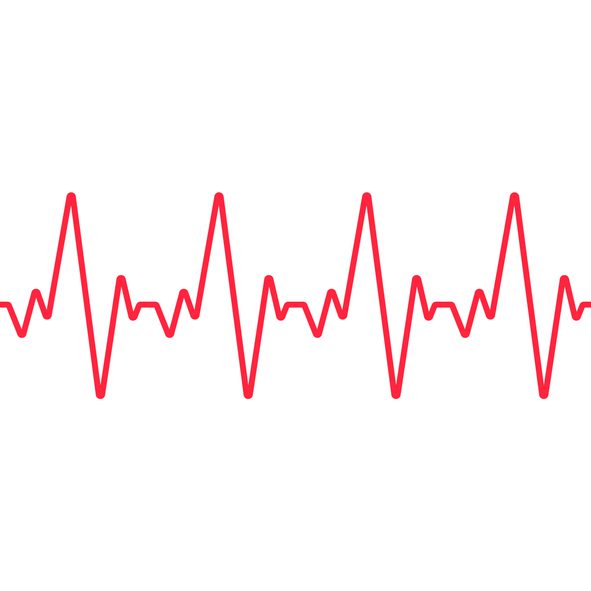What is Heart Rate Variability?
Tracking HRV is likely to play an important role when managing training and recovery

Improving performance relies on a balance of training and recovery – training stresses the body and recovery allows it to adapt. What makes this difficult is knowing how much is too much or not enough.

A triathlete’s ability to adapt can fluctuate on a daily basis and is affected by multiple external sources. Various training metrics have been developed to quantify the training stress or workload an athlete is under, but few have relied solely on one physiological reading. For example, TrainingPeaks uses Training Stress Score (TSS). The TSS uses duration, normalized power, intensity factor and functional threshold power. It also uses rating of perceived exertion and average heart rate (zones) to estimate TSS.
Related: La variation du rhyme cardiaque, une mesure intéressante?
One of the most accepted physiological readings when it comes to gauging recovery is Heart Rate (HR). Athletes and coaches have been using HR to monitor health for years. However, there may be a measurement that’s better. Over the past five years, Heart Rate Variability (HRV) has gained a lot of hype in the health and fitness industry, with brands like WHOOP and Oura Ring being developed to track HRV and provide feedback.

What is Heart Rate Variability (HRV)?
Heart rate measures the number of heartbeats per minute (bpm). HRV measures the difference in timing between successive heartbeats. If your HR is 60bpm, those beats are not perfectly spaced. The variability of spacing is influenced by the autonomic nervous system’s cardiovascular control.
“Fight or Flight” and “Rest and Digest”
The autonomic nervous system consists of the sympathetic and parasympathetic divisions. The sympathetic division is most famous for its “Flight or Fight” function (increase HR). While the parasympathetic division is famous for its “Rest and Digest” function (decrease HR), both divisions influence heart rate and its variability.

A low HRV reading supports a state of high stress (“fight or flight” and increased sympathetic activation). Chronically low HRV scores suggest we are overtrained, lack sleep or stressed about life.
A high HRV reading supports a state of low stress (“rest and digest” and increased parasympathetic activity). High HRV scores suggest we are balancing life with training and getting enough recovery between sessions.
How is HRV being used?
HRV is an interesting physiological measure that does play a role in training, however, HRV is continually changing. For example, the morning after a hard training day your HRV will be low – suggesting you are overtrained and fatigued. Are you fatigued? Yes. Are you overtrained? Unlikely.
A better way to track HRV is to record weekly HRV scores. For example, recording your HRV after a rest day on a weekly basis will provide you with a better overview of that week’s workload. Combine this with your goals for the week or training block, you will be able to manage better your efforts.

